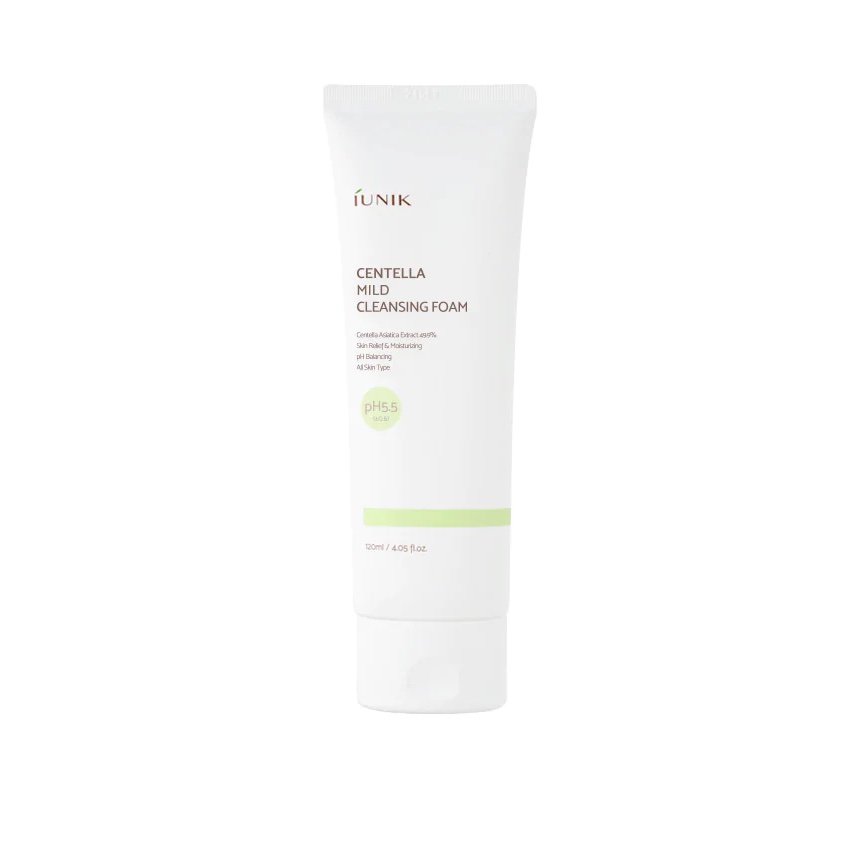Centella asiatica is an herb that people can find in moisturizers and wound treatments. It may help with some common skin conditions, but it can cause side effects in high doses.
Centella asiatica, or gotu kola, is a medicinal herb that appears in Ayurvedic medicine, traditional African medicine, and traditional Chinese medicine. Some people use it to treat wounds such as burns or cuts, skin conditions, including psoriasis and scleroderma, and as an ingredient in cosmetics and skin care products.
This article looks at what Centella asiatica is, its potential benefits for skin, and how a person can use it. It also covers the risks and side effects associated with the plant and lists some alternative natural products to consider.
Description
A 2013 overview of Centella asiatica in cosmetic use states that the herb has played a role in traditional medicine for centuries, with some populations using the plant as a cure-all remedy up to 3,000 years ago.
Historically, people have used it for several conditions, including epilepsy, Hansen’s disease, minor itching, and insect bites. Researchers are currently investigating its use in treating a number of other skin conditions.
The Centella asiatica plant grows in the following areas of the world:
- India
- Pakistan
- Sri Lanka
- South Africa
- Madagascar
- Eastern Europe
- Central America
Centella asiatica contains a range of active substances, such as triterpenoids, flavonoids, and phenolic acids, which a study suggests have anti-inflammatory and antioxidant properties. Research also suggests that the plant may have anticarcinogenic properties due to the asiatic acid it contains.
Additionally, according to older research, the potential uses of Centella asiatica may include:
- Healing wounds and burns
- Treating psoriasis
- Treating scleroderma
- Reducing swelling in keloids and hypertrophic scars
- Reducing cellulite and photoaging of the skin
Potential skin benefits
Centella asiatica may offer several benefits for a person’s skin due to a range of chemicals within the plant. For example, compounds in Centella asiatica, including madecassoside, madecassic acid, asiaticoside and asiatic acid, may help wounds heal. This is because these compounds increase the amount of collagen and cell layer fibronectin in the skin.
The naturally occurring antioxidants, anti-inflammatory compounds, and carbohydrates in Centella asiatica may also make the herb effective in improving skin hydration and providing anti-aging action, according to the above 2016 study on the moisturising effects of the plant. As a result, manufacturers often include the herb in moisturisers that target dry and sensitive skin.
Summary
Centella asiatica is a type of herb native to Asia, but it can grow in Eastern Europe, South and East Africa, and Central America. It has been a part of traditional herbal medicine for thousands of years, and researchers are now exploring its use in Western medicine.
A person can find Centella asiatica in creams, gels, and ointments. They can also consume the plant in tea. People may benefit from the compounds within Centella asiatica, as research suggests they may have antioxidant, anticellulite, anti-inflammatory, and anti-aging properties. As a result, these qualities make the herb a popular and potentially useful ingredient in skin care products.
Although older research has not identified Centella asiatica as toxic in recommended doses, a person may experience side effects if they take it in high doses. Therefore individuals should consult a doctor before using any Centella asiatica products.

